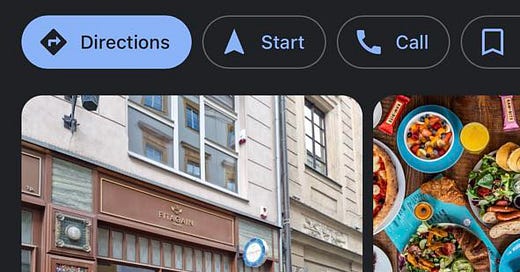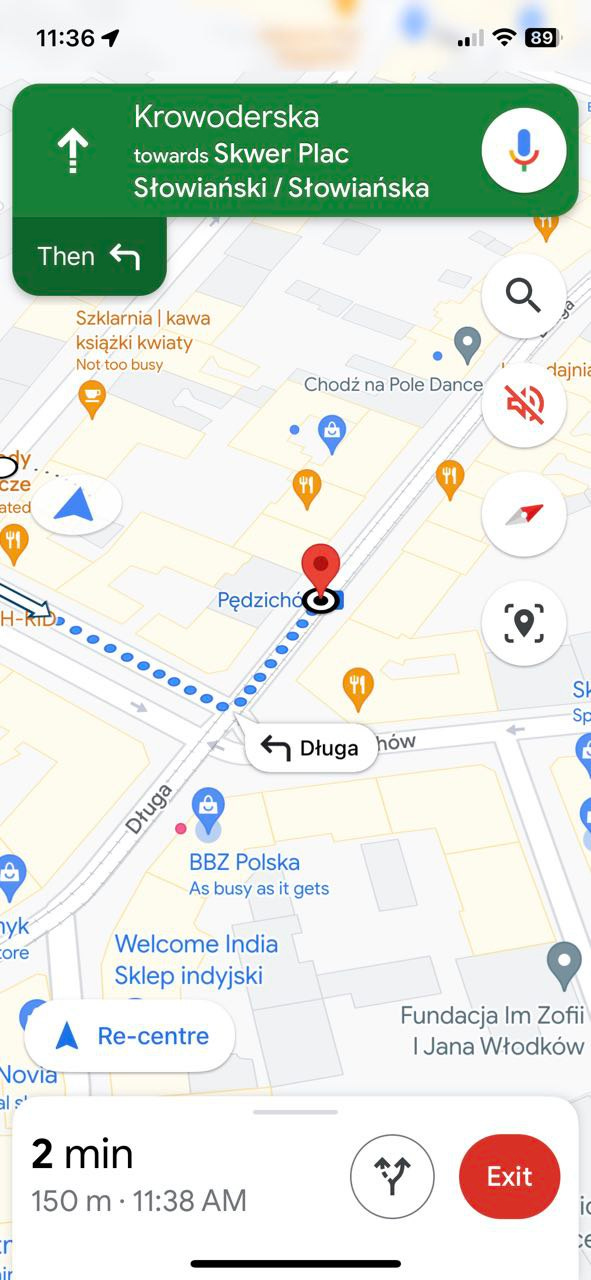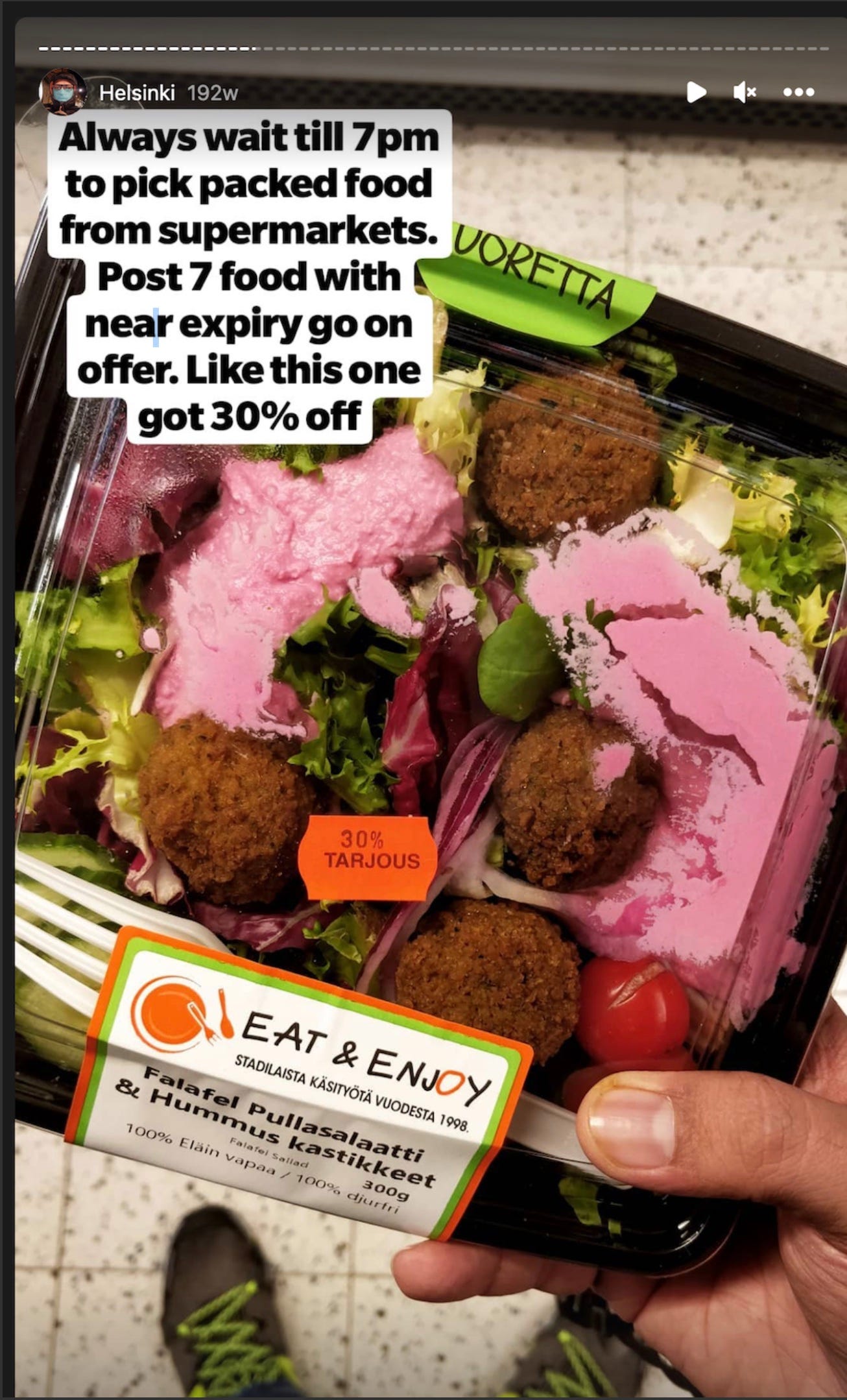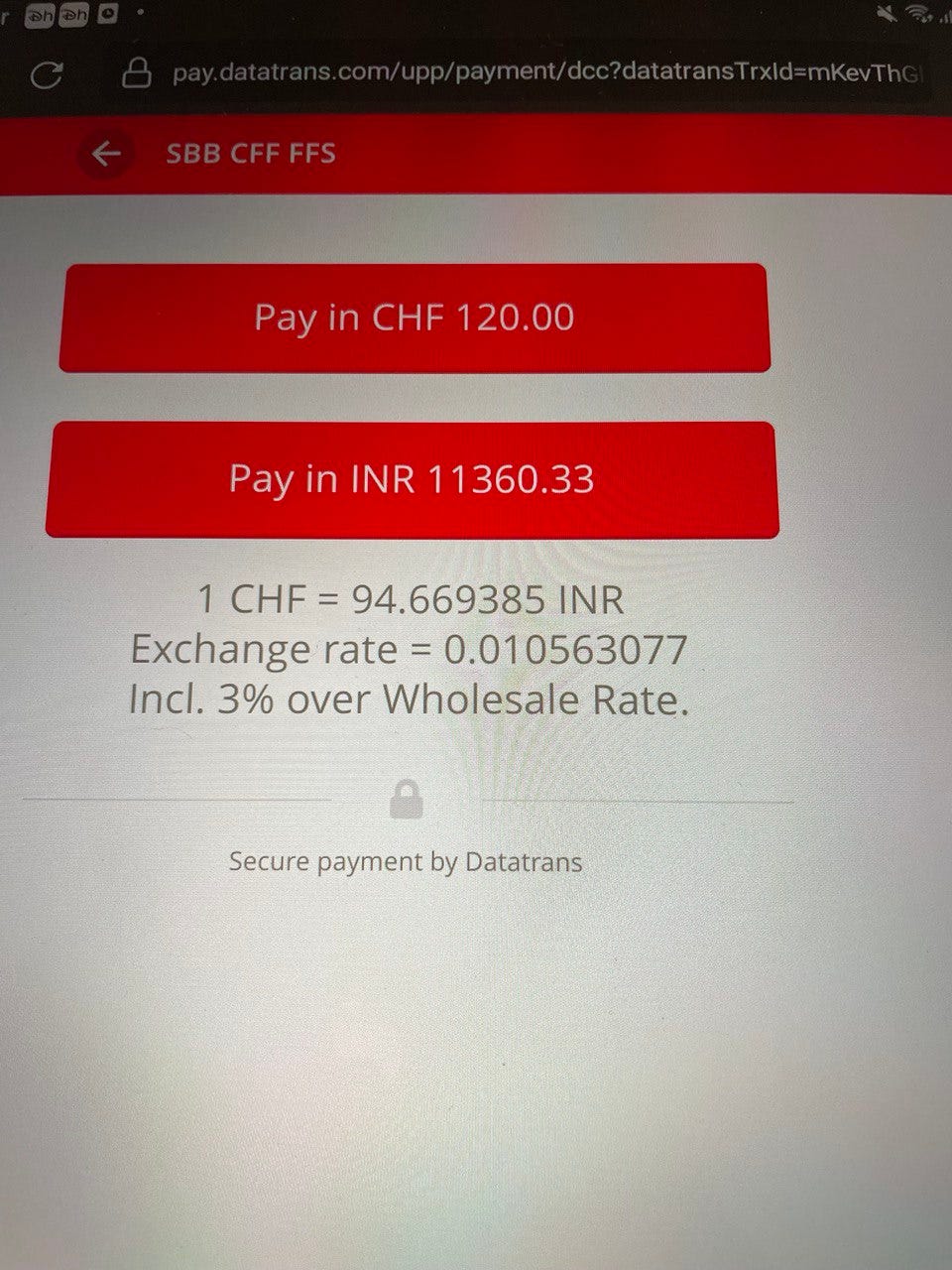The first time I traveled abroad was on a trip to Singapore. I had been working for about 1.5 years by then and the concept of money and the world was so new to me, that I did not realize that one must look into local transport in a foreign country, as cabs can be expensive. I booked a GRAB straight out of the airport and thankfully it wasn’t as expensive as it can be in European countries. But if I hadn’t heard stories of exorbitant pricing in Europe, and if my first trip was to Europe instead of Singapore, I would have probably done the same and burnt out all my budget on UBER and come home without exploring anything.
So, TIP #1 is to RESEARCH PUBLIC TRANSPORT TO/FROM AIRPORT TO/FROM THE CITY CENTRE. AVOID TAXIS/CABS TO SAVE COSTS.
Now comes a pertinent question about the timing. Say, one were to land at a weird time during the night, which did happen to me once in Vienna. Now, most airports have some sort of subway/train connectivity from within the airport to the city center, and since a lot of passengers have exited the flight at the same time, you will end up having folks who would be wanting to use the public transport. Thus, you aren’t alone. Take public transport to the closest station to your accommodation. Or if you are feeling nervous, perhaps to the station, closest to the city center, as most people are likely to get down there, and you can take a Uber/free now/careem/bolt, etc from this place. You will save some money in comparison to paying straight up from the airport to your accommodation.
Since we are talking about transportation, let me share some of my other experiences. I had such a hard time understanding the different stops during my first visit to Europe. There would be a few bus/tram stops with the same name in the general vicinity, for the to and fro directions or other directions. And I would get confused using both citymapper and google maps since I am directionally challenged. This happened quite a lot initially and I did a few things to navigate better. I would get on the bus/tram, open google maps, navigate using the “cab” option to see how far/away I was getting from my destination and get off at the next stop, if I started going too far away and then change the transport in the right direction. Now, this process seems very stupid, but I wish I could explain how much I panic and how bad I am at directions. Sometimes, I wonder where did my academic smartness go in such scenarios. This process is handy specifically when it is a stop near the central bus/railway station in a city. Because in such cases, there can be multiple spots, one for the tram, and another for the bus. And these multiplied by the directions of travel would make the stops too many and thus more confusing, so if you get off at the next stop, you might have to deal with fewer choices.
The con to this is that you might end up going back to the same station :P. Thus, comes TIP #2: USE THE LIVE VIEW FEATURE ON GOOGLE MAPS TO UNDERSTAND WHERE THE STOP FOR YOUR PUBLIC TRANSPORT IS. Let me demonstrate this through an example:
I wanted to go to this cafe from my Airbnb, so I enter the cafe on google maps, and click on directions:
Post clicking on directions, I see the following screen and click on the train symbol:
I can see the “Live View” option on this screen :
Upon clicking on the “Live View” option, I can, lo and behold, travel to my exact stop for public transport conveniently:
This feature can be used if you have active internet on your phone. Citymapper also provides a similar feature to help you navigate to your exact stop.
Btw, did you notice there is a tram number, 18, mentioned, along with something else in the image with the “Live View” option - that is usually the final stop in the direction the bus/tram is going. This is also displayed on a screen panel in the front of the bus/tram, so you can check that to know you are in the right direction. Alternatively, you can get to your stop, and check the timetable for tram number 18. It is usually posted on the stop and lists all the stops on the route and the different times in an hour tram 18 arrives at the stop you just navigated to.
This is a sample image from one of the stops in Geneva. It shows you the number and the direction, along with the platform(“Quai”). Thus, you can verify if the number and directions suggested by Google are the exact same as mentioned on this stop, and hop on to your transport.
For folks who might still be lost even after “Live View”, and say for some reason the last stop on Google isn’t the same as the last stop mentioned on this chart, but Google says this is your exact stop, check the corresponding map on the stop for your bus/tram and see if your station is one of the mentioned stops, then you are good to go. This also enables you to find if there is another bus/tram going to your stop and arriving earlier (very few times, Google has missed this and bus stop has been more useful - I am looking at you Ostrava :P )
The concept of the direction and the last stop is especially useful for subways/metros since the direction you walk in is indicated by the last stops in the underground pathways. Something like this:
If you see, there is an arrow indicating the direction you will get the subway with Nation or Porte Dauphine as the last stop. If you look closely, it also tells you all the stops on the way, and all the metro/bus/tram lines servicing those stops to help you in case you need to change on any of those stops.
Oh, but wayfaring_nerd, you forgot to tell us about tickets. Won’t we get fined, if we don’t buy tickets? Yes, you would. Even if there is no inspection on most routes, please travel with a ticket, because I have faced so many surprise inspections and have always been glad to carry a ticket. Most subways will have a counter - both operated by a person and a machine to buy your tickets. The tickets in Europe are valid for certain zones and a certain duration of time, allowing for as many transfers in those zones and within that time( these rules vary from city to city, so do your due diligence before traveling). I haven’t seen a ticket counter on bus stops that often, but you can buy it on the bus quite often as they have machines to tap your card or insert coins or the driver can help you as well, though I wouldn’t rely on the driver too much, as there can be issues with communication. So here comes tip #3: I usually do all this via an app. I check on the app available in the city for transportation and use it to buy tickets. I also check the number of journeys I would make in a day and either buy a 24-hour ticket or an hourly ticket, whichever would be cheaper. If I am traveling all throughout the day, using public transport nilly willy, to random places, or longer distances, I will buy a 48-72 hour city transport card or transport pass( Transport passes are different from city passes. These passes do not allow you entry into attractions, they are only meant for transport)
The best thing about the app is in most places you don’t need to validate your ticket. You can just show the QR code on the app and chill. Physical tickets need to be validated by inserting them into a machine on the transport or on the turnstile in the subways. The validation adds a timestamp to show the starting time from which the ticket is valid.
Here is a video showing how that is done in Warsaw:
Tip #4: If you do not validate your ticket, you can end up getting fined.
If you are still confused, youtube is a great source to check all these up in a video format, to understand with more ease and feel less anxious before a trip.
I will mention a funny thing that happened to me at one of the Airbnb's. I saw the window was open from the top and thought I broke the hinge or so. The windows/doors to balconies open like usual doors and also just from the top in many countries. Let me share a video to explain what I mean:
Post transportation, food has been the category in which I spend the most. So some hacks can be to look for “Doner kebab” shops, as they happen to be the cheapest in a country and also super filling. You can have croissants/different baked goods for breakfast/snacks. They are also cheap and helpful for a quick bite. Additionally, a lot of supermarkets offer pre-packaged meals and if you go close to the closing time for the store, you can end up getting a discount( as they have an expiry date for the day, thus, do not buy such things in bulk, because you need to finish them up in a day too). Case in point:
This is a story from outofofficedaku’s Instagram. You can follow them on various social media for a lot of informative posts. Of late, I have realized that Indian food in Europe is laden with spices without it being spicy. Maybe, it is just an observation, but I don’t like the naan-like bread they give when asked for chappatis. They do not agree with my poor digestion, so I end up trying to find East-Asian restaurants to get some curry and rice with tofu, chickpeas with minimal spices but a lot of flavors, or a good, hearty, warm bowl of Pho. Perfect for the money and the tummy. The portion sizes are huge and my stomach doesn’t feel queasy post that. So for anyone facing similar issues as me, here is your tip #4: Try East-Asian food or Doner-Kebabs. You can also buy a slice of pizza at various places and they are amazing too. If ordering online via Wolt, Bolt, Glovo, or Takeaway.com, I order slightly in bulk, store them in a refrigerator at my Airbnb and eat the next day too. Tip #5: This is the optimum use of delivery fees. Tip #6: Tap water is drinkable in Europe, but if you do not like the taste and end up buying water, please buy a bigger bottle and double-check that it’s not sparkling water.
Let me add a secret tip. There is an app called “too good to go”. Sometimes you can score a very cheap meal from a very high rated restaurant from this app. This app is targetted to prevent food waste, and a lot of restaurants and bakeries have good offers on them. We used it in Zurich and got a veg meal for 4 folks in 20 CHF from HILTL(which is very highly rated)
By now, you have realized that you need the Internet for a lot of things. While public Wifi is great and free, I am a nervous traveler, hence I enable international roaming on my phone so that it is easy for my family to reach me. Tip #6: Sometimes, I use e-sims by Airalo as they are the cheapest and most convenient in terms of installation and ease of use for high-speed data. I am not being paid by them to endorse them, so here is a comparison video I referred to before deciding:
[ As od Jan, 2024, Airalo and Holafly are banned in India. So you either have to get a local sim/activate international roaming]
I often forget my skincare during traveling, so I have to end up buying basic skin care products from the store and they can turn out to be expensive. Tip #7: I now buy my skincare or things like sunscreen etc from a pharmacy. It’s cheap and sometimes you can end up getting more discounts. For instance, In Czechia, I had to sign up for one of their programs and I gave random, dummy data to get free sunscreen which I actually needed very badly.
Tip #8 would be around money withdrawal using ATMs. Please do not use Euronet ATMs, the exchange fees are so poor that you will be robbed without a clue of the theft! I am not exaggerating at all. You can find various such tales on the internet. Please do not withdraw cash and pay by card. If you do need to withdraw cash, please find out an ATM that is not Euronet.
Tip #9 would be to never opt for paying in INR. Your bank will always give you a better rate. Let’s take an actual screenshot. If I paid in INR, i would pay around 11.3k, but if I paid in CHF directly, I would pay somewhere around 11k + markup( this will be less than the prices charged in INR). Let me tell you that this website is still kind to only have a nominal difference, some foreign banks will levy a heavy difference - this can happen while paying for your meal in restaurants or a website or buying a souvenir. So, always pay in the local currency of the country.
Some other miscellaneous tips would be to buy travel insurance. Please check if they cover adventure activities, car accidents, etc. Or you can check if health insurance that works across the globe is a better option. I have to read more about this comparison, hence I chose to not highlight this point a lot in this article.
Across central and western Europe, showing a soft copy/mobile/email version of the ticket suffices, but in Eastern European countries, mostly Bulgaria, you should take a printout of the ticket. Such things will be mentioned on your soft copy and you can follow the instructions and get a print beforehand, or else they do not let you board. You can also arrive a little early, locate the office for the bus company at the station, and ask them to print it for you.
Quite often, trains have the policy to give you a full/partial refund if they are late. Please check those policies and raise a dispute in case your train is late.
A lot of folks use Omio for booking train or bus tickets. They have a referral program that gives you 10 euros and you can use it for any booking exceeding a minimum basket value( I think it was 42 euros or so). But before booking via Omio, visit the official website of the train/bus companies and you will often find cheaper tickets on the actual websites.
An important tip is around storing luggage in scenarios when you have a late check-in in some city or an early checkout or a mere transit through one. Most railway stations or airports have lockers of various sizes to store your luggage. Here is a video of Zurich railway station:
You can choose lockers of various sizes according to the size of your luggage. The only caveat is you need coins for payment and for around 5-7 CHF, you can store your luggage for an entire day. If on the rare chance, all the lockers are full or non-operational, there are apps that let you store your luggage in hotel lobbies, supermarkets, etc for a similar price. Some such apps would be Bounce, Stasher or NannyBag, etc. I have always been able to find lockers, hence never having to use these apps. But if you find it overwhelming to locate a locker in the railway station, go ahead and use these apps.
This ends all the tips that I learned during my travel and hopefully, it helps you. If it does, consider pledging to the newsletter for some exclusive content. Have fun exploring the world.
Peace out :D











